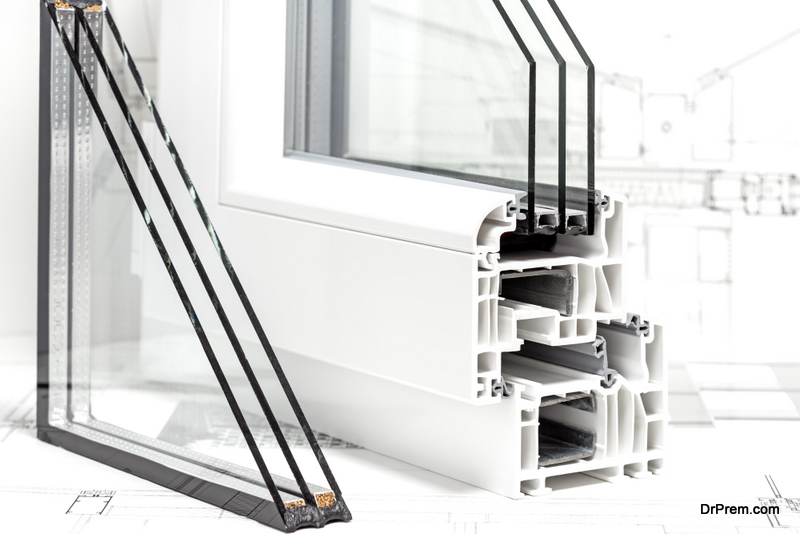Replacing your windows can be a fantastic way to make your home more energy-efficient and eco-friendly. According to experts, old or inefficient windows account for a whopping 30 percent of residential heat loss. On an individual level, that may not seem like a significant deal; but once you tally the heat loss on a macro level, you start to see a real problem with how people misuse their energy.
Replacing your windows with new energy efficient windows not only corrects the problem, but it can also save you money on your monthly bills. For most homeowners, there’s only one problem: how can you tell if a window is energy-efficient?
A great way to discern a window company’s dedication to efficiency is to look for Energy Star participation. But you can also investigate their windows according to a few individual criteria. Here is a selection of aspects to look for in an eco-friendly window.
1. Low Emissivity

Low emissivity glass – more often referred to as “Low-E” – is a type of glass that limits infrared and ultraviolet light without limiting visible light. For a long time, glass manufacturers scratched their heads over the puzzle of how to minimize solar heat without tinting or otherwise obscuring a window. “Low-E” solved that problem.
You will find a few types of Low-E, each corresponding to its ideal climate. If you are unsure what type of Low-E glass your house requires, simply ask a knowledgeable window company.
2. Triple-Glazed
Windows come in a few different “glazes,” referring to the number of panes they have. You have single-glazed, double-glazed and triple-glazed windows. The first option – single-glazed – doesn’t do a very good job insulating or keeping out heat; it’s thin and contains no inter-glass filling as a buffer (see below). Double-glazed windows are much better. But for the ultimate eco-friendly window, consider a three-pane approach. In addition to boosting energy efficiency, triple-glazed windows may also provide sound insulation.
3. Argon Fills

Argon fills are a layer of gas between the panes of multi-paned windows. It might sound scary, but argon is a harmless, odourless noble gas that does a particularly great job at insulating and minimizing heat transfer. In a double-glazed window, you generally get one layer of argon fill. Triple-glazed options feature two argon fills for added insulation.
4. Wood, Vinyl and Aluminum-Clad
Luckily, three of the most popular window materials also pass muster on energy efficiency. Of the three options, wood and vinyl are the most efficient – with wood being pricier and vinyl being more inexpensive. On its own, aluminum isn’t a fantastic insulator, but when it is clad to wood (called aluminum-clad), it fares much better.
5. Energy Ratings

Finally, if you doubt whether a given window will perform well, take a look at its energy rating. Most quality window companies are happy to share their products’ energy ratings. These ratings are based on several factors, like solar heat gains and air leakage heat loss.
If you can tick off each box above, congratulations – you have found an energy-efficient window. Keep these criteria in mind during your next renovation.
Article Submitted By Community Writer




